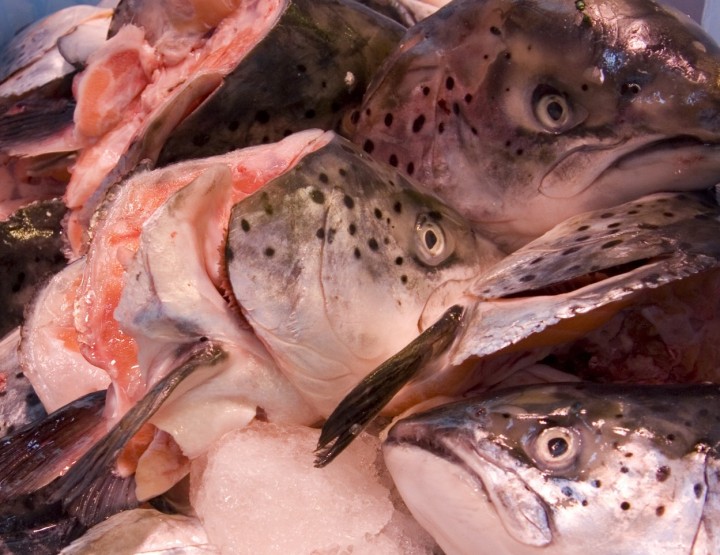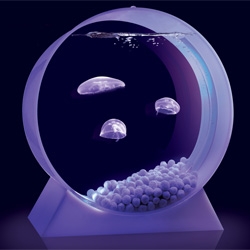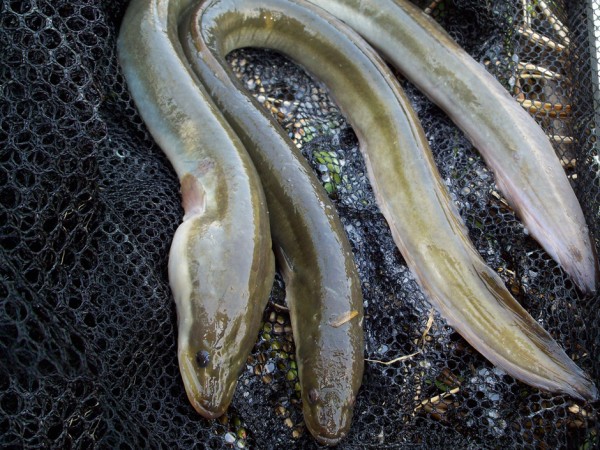You’re standing in the middle of the wilderness and your empty stomachs are starting to complain. Of course, nobody was thinking of packing the marshmallows into the rucksacks for the trip. Well, seems like you must starve to death…not! Here are a few tips and tricks on how you can get food rich in protein out of small lakes, rivers and creeks.
First of all, never leave on a bigger trip without some fishing equipment. At least a fishing line and some hooks would suffice; it’s best to carry them with you so they won’t get lost.
- Just take a piece of bark as a float, wind the fishing line around a small stick which you will hold on to. Now you’re ready to catch a perch, a rudd and other small fishes in the little pond or sea
- Another way would be to attach several strings onto an elastic, little branch of a tree standing near the water, go for a walk and see what you have caught later on. You will surely catch one or two fish this way. But there’s the risk that the string will tear or that the fish will escape when left unobserved. As bait, use worms, small crickets, maggots or other bugs.
- You could also create a fish trap with 2 empty bottles (2 liters). You will need to cut out the bottom from one of the bottles and the bottleneck from the other which needs to be cut slightly above the middle of the bottle. Then you cut several slits into the bigger opening of the short bottleneck. Now you have a funnel with changeable openings which you can enlarge or minimize as you want. Attach the funnel, with the bigger opening first, into the bottomless bottle. Fill the bottle with your baits (worms, maggots, etc.) and some weight (such as little rocks) and then you close the bottle with the bottom you cut off earlier. And you’re done! This fish trap will help you to catch some delicious fish.
- Spearfishing! Build your own spear with a long and preferably straight branch. You’ll need to wrap several (best 3-5) small, sharpened sticks to one end. Next, you just go into the water and try to stab the fish. It needs some practice because the refraction in the water will distort your sight a little bit. But after a while you’re good to go.
- Catching fish with your bare hands! Sounds very difficult; it may be. This option requires extreme patience. There are two methods and two different target groups. The first one is aimed on trout in untreated rivers which like to live underneath the embankment. Approach the fish carefully. As soon as you see one, move your hand really, really slow underneath its belly – absolutely slowly! Then you cautiously caress the belly; after a while, it will kind of go rigid. Now quickly grab the fish! It’s best to press it against a surface. To master this technique, you will need to take your time but in the end you will be rewarded with protein.
- The other method works better with two people. In a small creek, filled with pebble and stones, you slowly move in the water in a team. One of you carefully raises a stone while the other one captures what lies beneath: Most of the time, there will be bullheads or crayfish. You slowly put the stone back to its place to avoid whirling up the mud which would spoil the view. This also requires practice.
You see that it needs some work to obtain food from Mother Nature but our ancestors were able to do it for centuries, too.
Picture Copyright: http://www.kfv-mallersdorf.de/Flussbarsch.html
Share:




